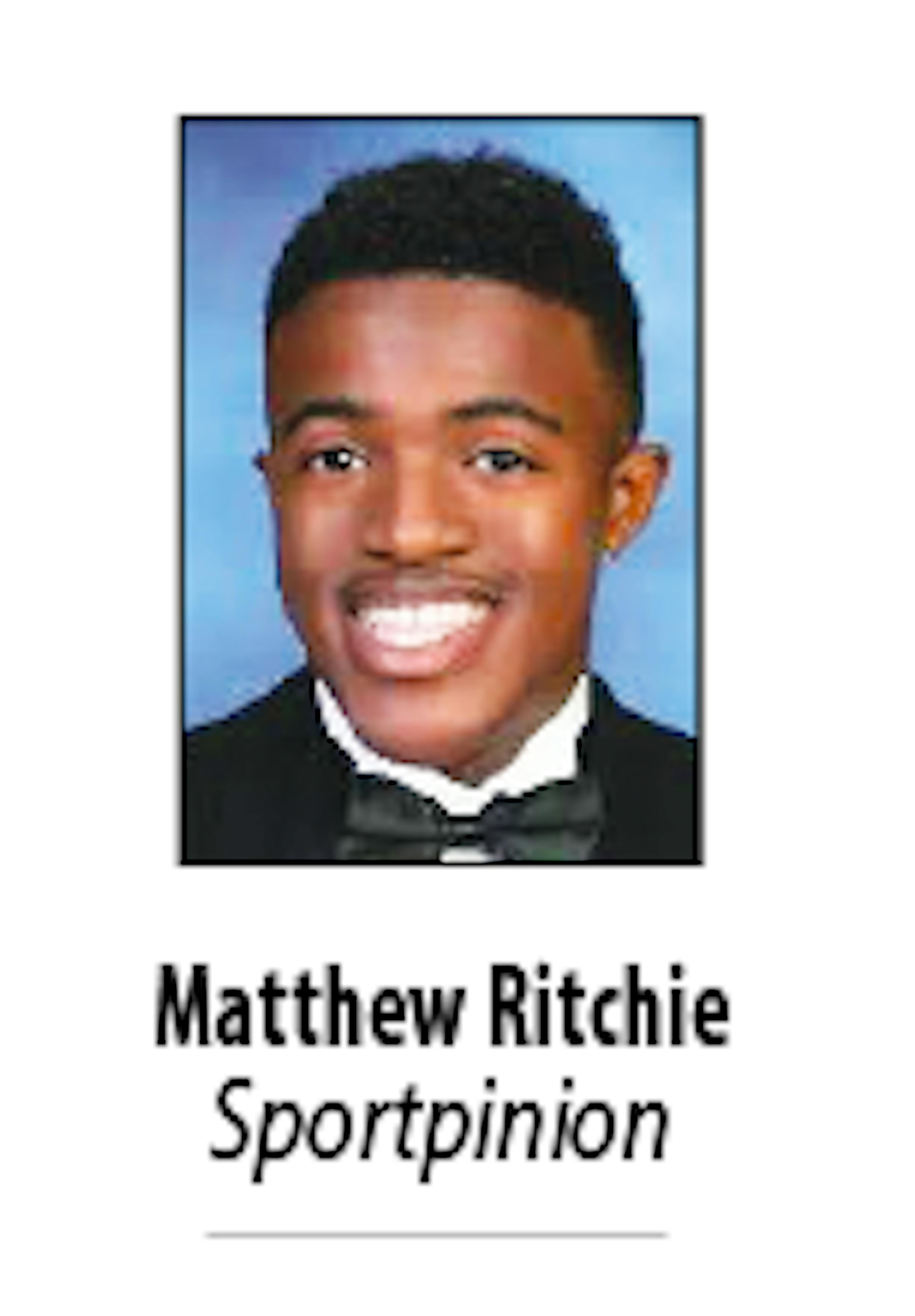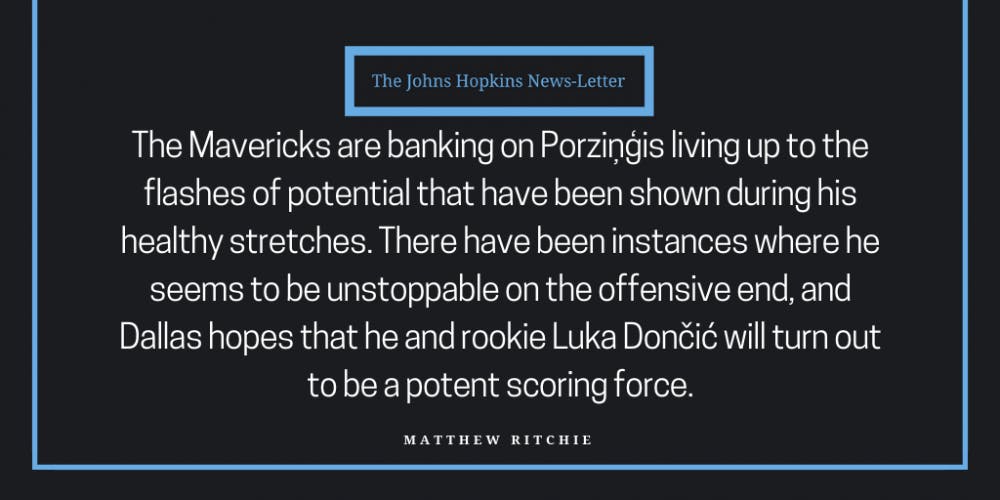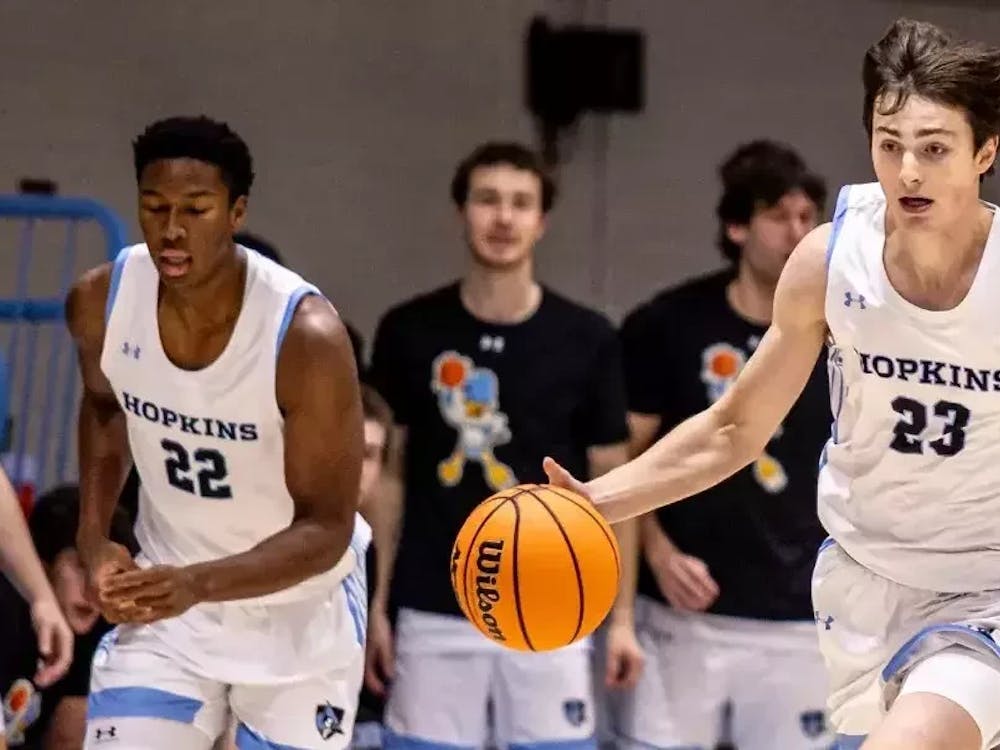
The ever important trade deadline, the NBA’s unofficial midseason mark, finally came to a head this past week. After weeks of rumors about the future destination of perennial All-Star Anthony Davis, cries of tampering from the New Orleans Pelicans against the Los Angeles Lakers’ superstar LeBron James and questions about what moves the top contenders would make to place themselves in position to make a deep postseason run, it was finally time to lay the cards on the table. This article’s purpose is to highlight the most important moves that occurred before the 3 p.m. deadline.
Arguably, the biggest news of the trading period was not a trade itself but the failure to get a deal done. The dramatic couple of weeks began on Jan. 28, with Pelicans star Anthony Davis announcing that he did not plan to re-sign with New Orleans and was requesting a trade. That bombshell announcement gave Pelicans General Manager Dell Demps a pressing decision to make: trade Davis before the deadline, which was 10 days away, or have him finish the season with the team and explore other options during the summer.
The announcement also put the rest of the NBA on high alert and had contenders putting together trade packages that would allow them to receive Davis. For good reason: as of Feb. 11, he is averaging career highs in both points per game (29.0) and rebounds per game (13.3). He is also achieving the highest offensive and defensive plus/minus numbers of his career, 5.4 and 3.8, respectively. He’s a certifiable superstar and possibly the best big man in the League. His addition to any of the NBA’s top teams is akin to Thanos getting another Infinity Stone, even with his past injury concerns.
What made this whole ordeal difficult was that Davis’ camp (he’s represented by Rich Paul, LeBron James’ business partner and friend) made it clear to the Pelicans that if traded, he would sign long-term deals with one of the following teams: the Milwaukee Bucks, New York Knicks, Los Angeles Clippers or the Lakers. His exclusivity reduced the potential haul that other teams were willing to give up.
The only team willing to blow the bag on Davis was the Lakers, virtually making every member of the team available for trade besides LeBron. The most tantalizing offer that Lakers General Manager Magic Johnson sent to the Pelicans included multiple first-round draft picks, forwards Kyle Kuzma and Brandon Ingram, and guard Lonzo Ball. The entirety of the Lakers’ young core was on the table, but Demps, who Johnson believed was “not acting in good faith” during negotiations, opted to reject the deals and decided to keep Davis in New Orleans.
Davis was not the only star player being shopped; the New York Knicks sent over the Latvian Unicorn Kristaps Porziņģis, to the Dallas Mavericks, along with guards Courtney Lee, Tim Hardaway Jr. and Trey Burke. In return, they received guards Dennis Smith Jr. and Wesley Matthews, center DeAndre Jordan, and two future first-round picks.
The curious aspect of the trade is that there were reports released that Porziņģis was unhappy in New York, and within minutes the deal was announced. It wouldn’t be shocking if the Knicks leaked the news in order to justify the quick action in the trade market. Both teams are taking a calculated risk with this trade. The Knicks, by unloading the massive price of the Hardaway contract, have now opened up two max deal slots for free agency this summer. There has been a number of rumors connecting high-level stars like Kyrie Irving and Kevin Durant to New York through free agency, so even having the chance to sign players of that caliber, who are already better players than Kristaps, is worth it for the second best basketball team in New York.
The Mavericks are banking on Porziņģis living up to the flashes of potential that have been shown during his healthy stretches. There have been instances where he seems to be unstoppable on the offensive end, and Dallas hopes that he and rookie Luka Dončić will turn out to be a potent scoring force. But his ceiling may not be as high as thought, for his career numbers aren’t as impressive: He has a decent (at best) effective field goal percentage (48.8), he has a negative career plus/minus (-0.1) and he pulls down 7.1 rebounds per game, a disappointing number for a player who is 7’3”. Coming off of a torn ACL, his aptitude to rise to the highest level of production can be questioned.
Staying in the Eastern Conference, the top teams (the Boston Celtics aren’t in the top four because they’re bums) locked into an arms race to bolster their respective lineups. The aforementioned Bucks added stretch-four weapon Nikola Mirotić from the Pelicans, giving up center Thon Maker. Mirotić is putting up the highest true shooting percentage of his career (59.1) and posting career highs in scoring (16.7) and rebounds per game (8.3). The current No. 2-seeded Toronto Raptors added center Marc Gasol from the Memphis Grizzlies. He’s having a down year compared to his All-Star 2016-2017 season, but he’s still viable to contribute in a big way for the Raptors.
However, the most impactful move came from the Philadelphia 76ers, who added forwards Tobias Harris and Mike Scott and center Boban Marjanović from the Los Angeles Clippers. Philly gave up a giant haul, giving away two first-round picks, two second-round picks, journeymen Wilson Chandler and Mike Muscala, and guard Landry Shamet. Their starting lineup now looks like this: Rookie of the Year Ben Simmons at point guard; elite defender Jimmy Butler at shooting guard; Tobias Harris, who is averaging 20/8, at forward; J.J. Redick, who’s shooting just below 40 percent from behind the arc; and Joel Embiid, who is averaging 27.4 points and 13.5 rebounds per game.
The addition of Harris gives them the most formidable starting lineup in the Eastern Conference. Harris is having a career year, with career highs in scoring, true shooting percentage (60.7), offensive plus/minus (2.0) and player efficiency rating (18.7). His ability to not only run the pick and roll as a forward, but also his movement off the ball will allow the Philly offense to prosper. The Sixers now have two very good three-point scorers, as Harris drains threes at an extremely efficient rate (44 percent). He can shoot off the dribble or from the catch and shoot position, giving Simmons the option to kick the ball out to him at any time. His arrival gives Philly a distinct advantage over the rest of the Eastern Conference contenders and puts them in an extremely good position to make a deep postseason run.





